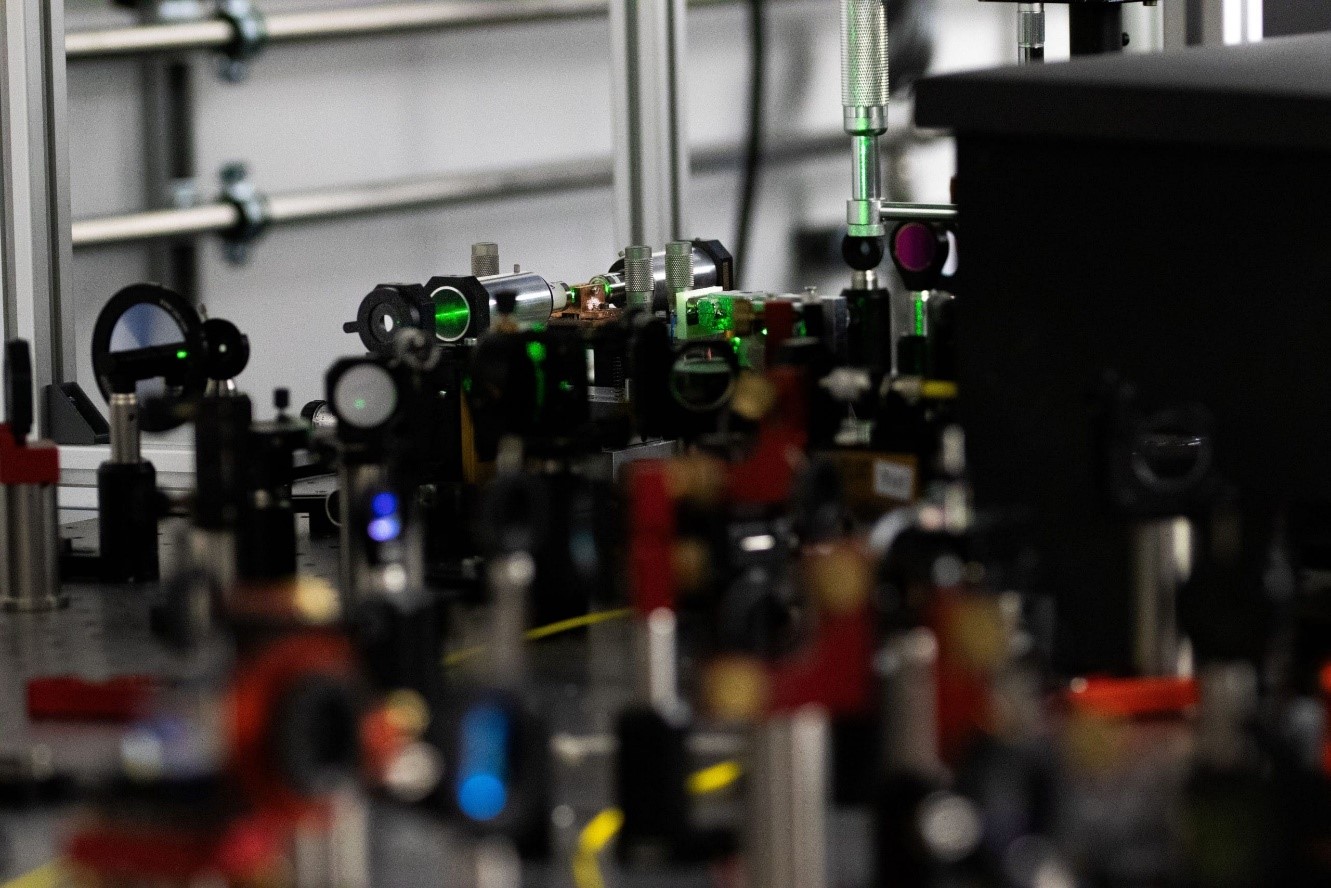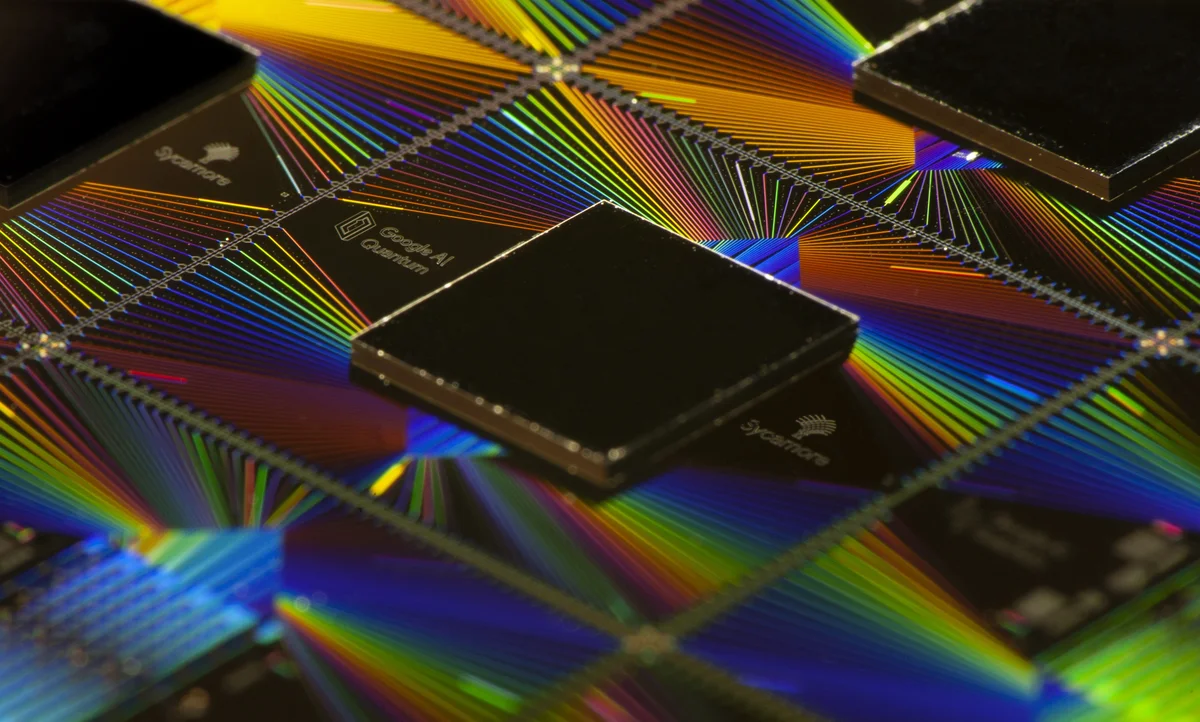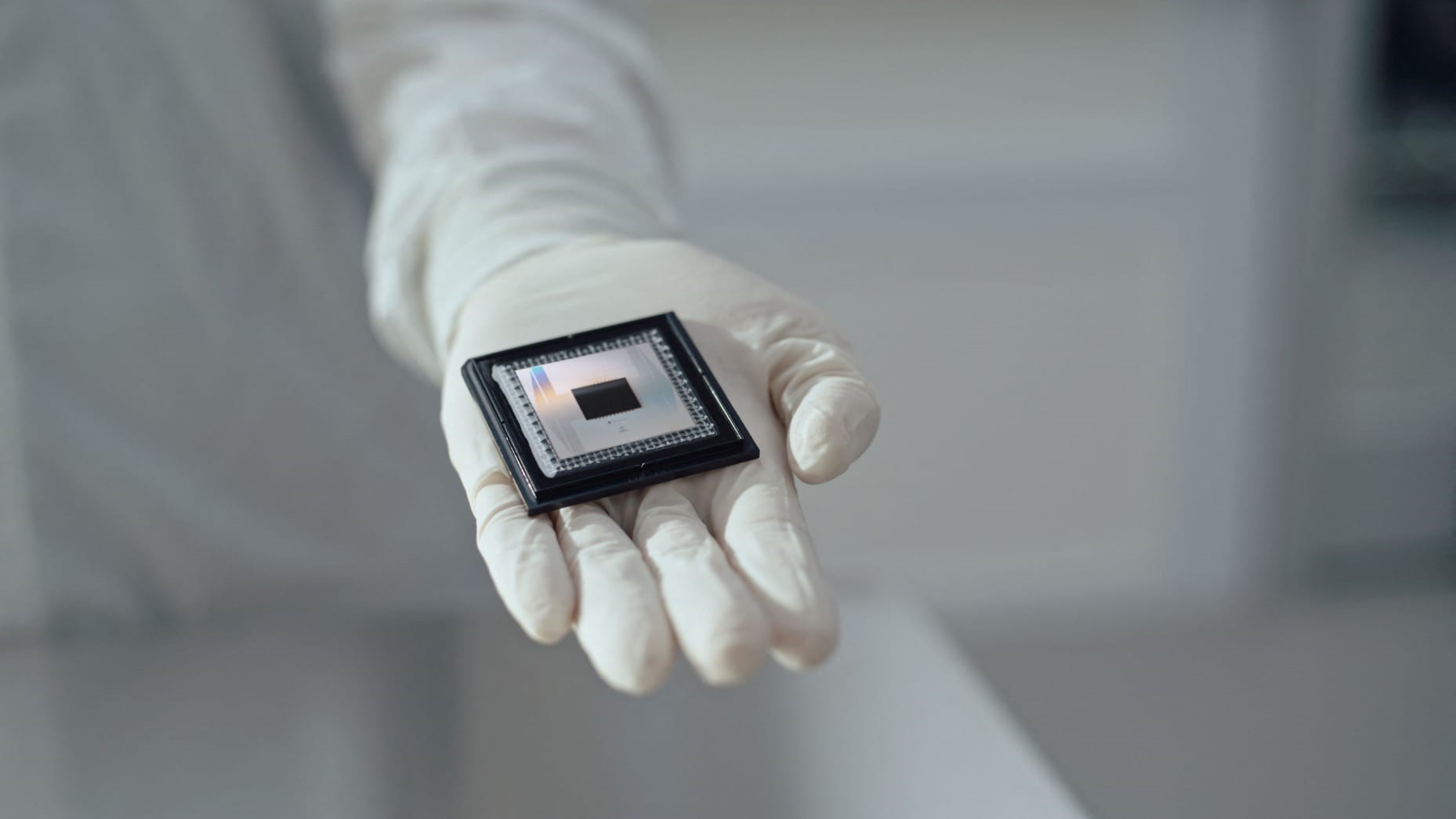Breakthrough Superconductor Could Revolutionize Quantum Computing
A multi-institutional team of U.S. scientists, led by physicist Peng Wei [3] at the University of California, Riverside, has developed a groundbreaking superconductor material with potential applications in quantum computing. This new material could also emerge as a promising candidate for a “topological superconductor,” which utilizes a delocalized state of electrons or holes to robustly process quantum information.

Figure 1. Superconductor.
By combining trigonal tellurium, a chiral and non-magnetic material, with a surface state superconductor generated on a thin film of gold, the researchers created a unique two-dimensional interface superconductor. Peng Wei, associate professor of physics and astronomy, noted, “By creating a very clean interface between the chiral material and gold, we developed a two-dimensional interface superconductor.” This superconductor is distinct in that it operates in an environment where the spin energy is six times more enhanced than in conventional superconductors [1]. Figure 1 shows superconductor.
The team observed that this interface superconductor becomes more robust under a magnetic field, indicating a transition to a “triplet superconductor,” [2] which is more stable in such conditions. Collaboration with scientists at the National Institute of Standards and Technology further demonstrated that this superconductor, using heterostructure gold and niobium thin films, naturally suppresses decoherence sources from material defects, a common issue in niobium superconductors. This led to the creation of high-quality, low-loss microwave resonators with a quality factor reaching 1 million, a critical component in quantum computing.
“We achieved this using materials that are one order of magnitude thinner than those typically used in the quantum computing industry,” Wei said, emphasizing the significance of these low-loss microwave resonators in reducing quantum information loss, or decoherence, in qubit systems.
Unlike traditional methods requiring magnetic materials, this new approach utilizes non-magnetic materials for a cleaner interface, potentially paving the way for more scalable and reliable quantum computing components.
The research, titled “Signatures of a Spin-Active Interface and Locally Enhanced Zeeman Field in a Superconductor-Chiral Material Heterostructure,” was supported by Wei’s NSF CAREER award, a NSF Convergence Accelerator Track-C grant shared with MIT, and a Lincoln Lab Line fund. The technology has been disclosed to the UCR Office of Technology Partnerships, and a provisional patent has been filed.
Source: University of California - Riverside
References:
- https://www.sciencedaily.com/releases/2024/08/240823144718.htm
- https://phys.org/news/2024-08-unconventional-interface-superconductor-benefit-quantum.html
- https://www.eurekalert.org/news-releases/1054777
Cite this article:
Hana M (2024), Breakthrough Superconductor Could Revolutionize Quantum Computing, AnaTechMaz, pp. 153















